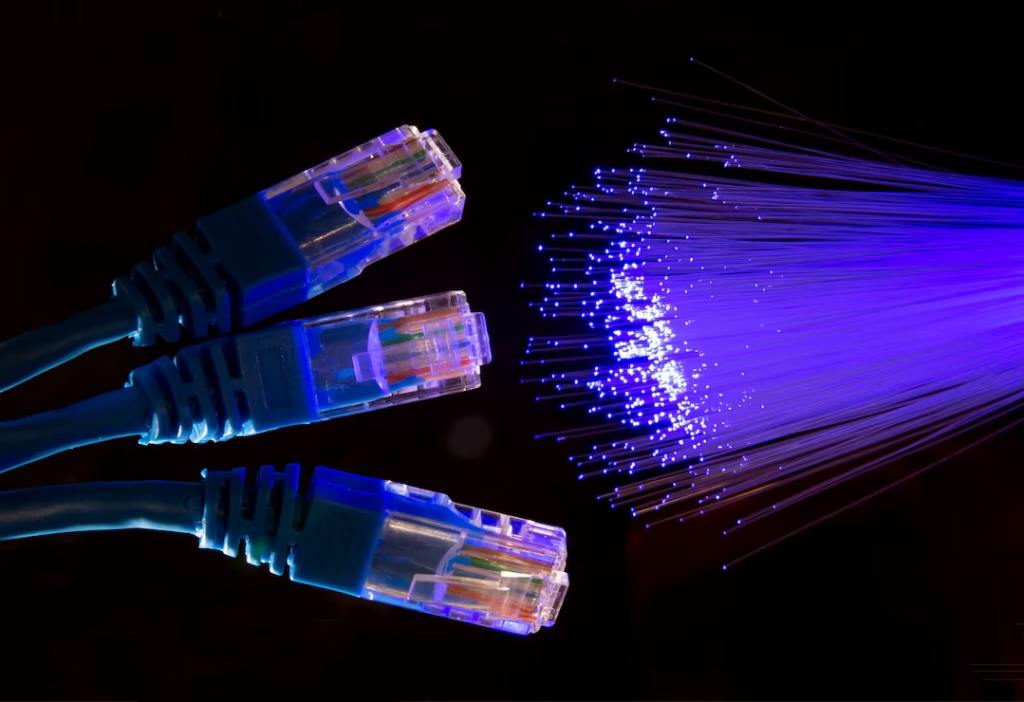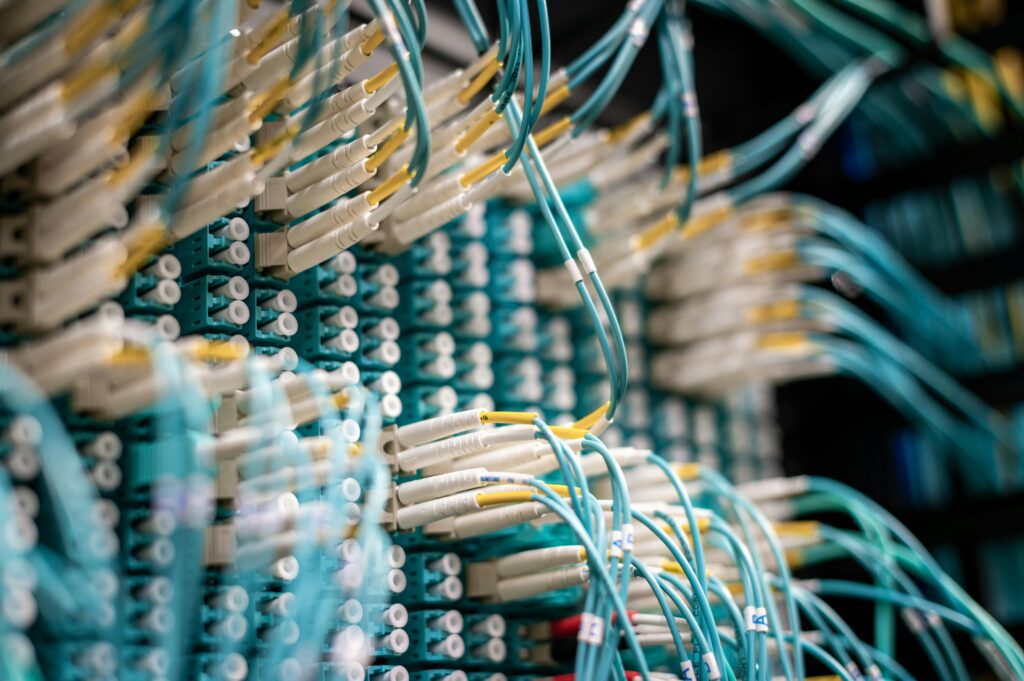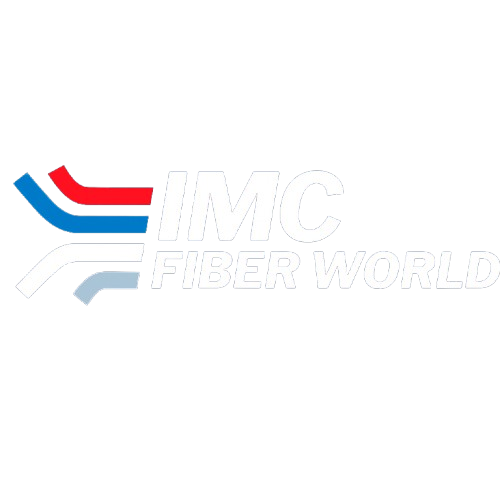The Ultimate Guide to Single‑Mode Fiber Cables
Single‑mode fiber cables are a critical component of modern communication networks. Known for their ability to carry data over long distances with minimal signal loss, these cables are ideal for backbone infrastructure, internet service providers, telecom companies, and enterprise-level connectivity. Whether you’re upgrading a network or planning a large-scale installation, understanding the benefits and technical aspects of single‑mode fiber cables can help you make the right decisions for performance, scalability, and cost-efficiency.
What Are Single‑Mode Fiber Cables?

Single‑mode fiber cables are a type of optical fiber designed to carry a single light mode. Unlike multi‑mode fibers, which allow multiple modes or rays of light to travel through the core, single‑mode fibers have a much smaller core diameter—typically around 8 to 10 microns.
This narrow core allows light to travel in a straight path, reducing signal attenuation and distortion. These cables typically operate at wavelengths of 1310 nm and 1550 nm, enabling high-speed data transmission across long distances—often exceeding 100 kilometers without requiring signal boosters or repeaters.
Because of their high performance, single‑mode fiber cables are widely used in large-scale telecommunications, metro and access networks, submarine cables, and long-haul connections.
Key Advantages of Single‑Mode Fiber Cables
1. Long‑Distance Data Transmission
The most notable advantage of single‑mode fiber cables is their ability to transmit data over long distances. Their low attenuation and dispersion characteristics mean that signals can travel further without degradation, making them ideal for connecting data centers, cities, and even countries.
2. High Bandwidth and Speed
Single‑mode fiber supports extremely high bandwidth, making it suitable for gigabit and even terabit-level data transmission. As internet demands grow and technologies like 5G and cloud computing expand, single‑mode cables provide the speed and reliability that large-scale infrastructure demands.
3. Minimal Signal Loss
Because light travels in a single path, there is far less chance of interference, reflection, or signal loss. This leads to more consistent, reliable data transmission compared to copper or multi‑mode solutions.
4. Scalable for Future Expansion
Single‑mode fiber is often considered a “future-proof” investment. Its ability to support longer distances and higher data rates makes it ideal for expanding networks and accommodating future upgrades in technology.
5. Compact and Lightweight

Despite their strength and capacity, single‑mode fiber cables are compact and lightweight, which makes them easier to manage and install, especially in space-constrained or underground environments.
Common Applications of Single‑Mode Fiber Cables
Single‑mode fiber cables are used in a variety of applications across industries. Some of the most common include:
- Telecommunication Backbones: Connecting switching stations across cities and countries.
- Internet Service Providers (ISPs): Delivering fiber-to-the-home (FTTH) or fiber-to-the-building (FTTB) services.
- Data Centers: Enabling long-distance connections between racks, buildings, or remote locations.
- Enterprise Campus Networks: Linking multiple buildings in educational institutions, hospitals, or corporate offices.
- Military and Aerospace: Used in secure, high-performance communications due to their resistance to electromagnetic interference.
How to Choose the Right Single‑Mode Fiber Cable
When selecting single‑mode fiber cables for your project, there are a few important factors to consider:
- OS1 vs. OS2: OS1 is designed for indoor use with tighter bends and shorter distances. OS2 is better for outdoor and long-distance applications due to its lower attenuation.
- Jacket Material: Depending on the installation environment, choose between PVC (for general indoor use), LSZH (low smoke zero halogen, for safety in enclosed spaces), or armored cables (for harsh conditions).
- Core Count: Fiber cables come in various core counts (2, 4, 8, 12, 24, etc.). The right choice depends on your network’s capacity and future expansion plans.
- Armored vs. Non-Armored: For installations in rugged or hazardous environments, armored fiber offers extra protection against physical damage.
If you’re unsure which configuration suits your needs, our team at [Company Name] is happy to assist you with custom recommendations.
Installation and Testing Guidelines
Proper installation and testing of single‑mode fiber cables are essential for optimal performance. Here are some best practices:
- Cable Handling: Avoid bending or twisting the fiber beyond its bend radius. Use guides and trays to maintain gentle curves.
- Connector Cleaning: Use appropriate cleaning tools to prevent dust or oil from disrupting signal transmission.
- Fusion Splicing: Single‑mode fibers require precise splicing using a fusion splicer to ensure minimal signal loss.
- Testing with OTDR: Use an Optical Time Domain Reflectometer to test fiber length, loss, and identify faults or splices.
Working with professional installers ensures the integrity and longevity of your fiber network.
Why Choose IMC FIBER WORLD for Your Fiber Needs
At [Company Name], we specialize in high-quality single‑mode fiber cables engineered for performance, durability, and compliance. Whether you’re a system integrator, contractor, or enterprise, we offer:
- Certified and tested products meeting ISO/IEC and TIA standards
- Custom cable assemblies to fit your project specifications
- Fast lead times and direct manufacturer pricing
- Technical support to help you select the right solution
We serve clients in telecom, industrial automation, IT infrastructure, and beyond—supplying fiber cables you can trust.
Get in Touch
Ready to upgrade your network with premium single‑mode fiber cables? Whether you need a quote, datasheet, or technical consultation, our experts are here to help.
Contact For Details
